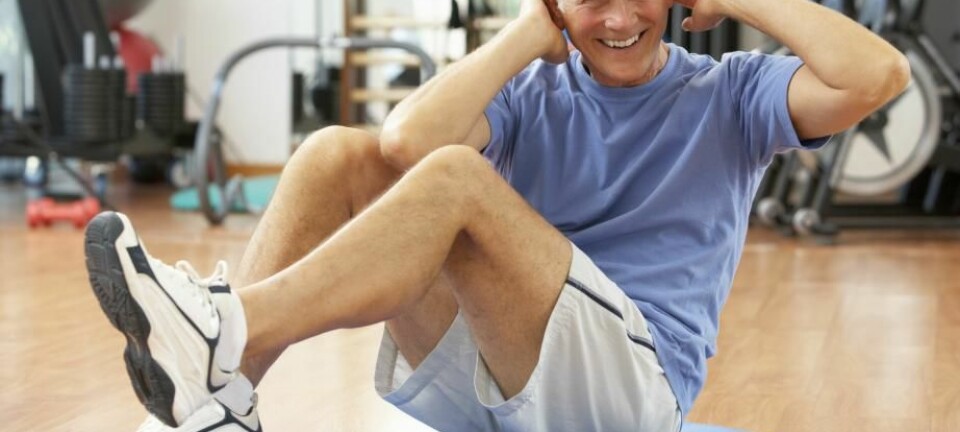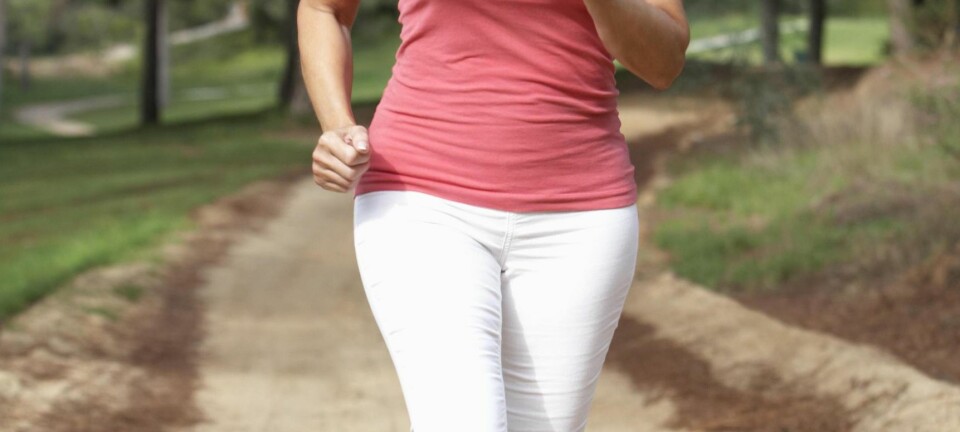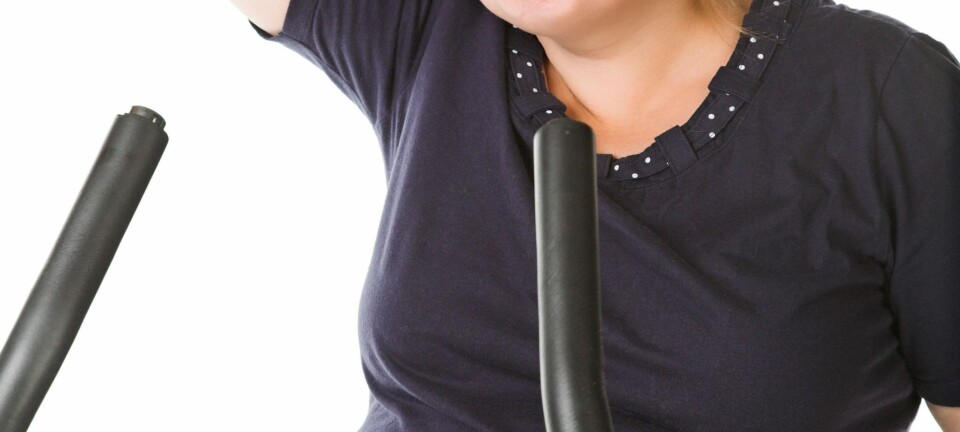
Aerobics can increase memory in older adults
Physical activity improves memory performance among persons aged 60 to 70 because it increases blood flow to the brain.
A new study from the Karolinska Intitute in Sweden shows that physical activity helps older adults improve personal, episodic memory.
Running on a treadmill was found to increase volume and blood flow to the hippocampus, a region of the brain that is vital for memory and learning. It lies in the medial temporal lobe, under the cerebral cortex.
Training with oxygen
Oxygen intake rises with physical activity and helps burn fat and carbs so that muscles get energy to carry on with their work.
Cycling, swimming, jogging and dancing carried out with moderate intensity are types of aerobic exercise in which the individual breathes in as much oxygen as he or she consumes.
This means the activity can continue for extended periods, in contrast with anaerobic exercise like strength training and short-distance running.
Research carried out in Germany has shown that aerobics increases blood flow to the hippocampus in young people.
Older people should choose aerobics
The new Swedish study shows that this also applies to younger elderly persons. A three-month study of people over 60 exercised three times a week on treadmills, for a half hour sessions. A control group did stretching and muscle-relaxing exercises instead.
Both groups were tested during the period. Researchers assessed their physical fitness, blood flow to the hippocampus and tested their memories.
Many of the participants grew more fit and this tied in with memory and the amount of blood flow to the hippocampus, explained Lars Bäckman in a press release.
Bäckman is a professor in the cognitive neuroscience of aging at Karolinska Institute.
Continued investigations showed that the hippocampi of participants were getting larger, not because of a formation of neurons, but because they were swelling with better blood flow and gaining vascular plasticity – the ability to expand and form new blood vessels.
Not effective over the age of 70
The research showed that this benefit applied to test subjects aged 60 to 70. Such results were not seen among those who were older. The researchers think there is an age limit for this type of plasticity in the brain.
The research team will now investigate whether even better results can be achieved by combining aerobic training with cognitive training.
------------
Read the Norwegian version of this article at forskning.no
Translated by: Glenn Ostling








